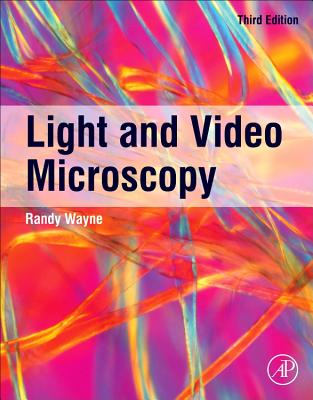Introductory Physics for Biological Scientists (Paperback)
暫譯: 生物科學家的入門物理學 (平裝本)
Aegerter, Christof M.
- 出版商: Cambridge
- 出版日期: 2018-12-20
- 售價: $1,352
- 語言: 英文
- 頁數: 460
- 裝訂: Quality Paper - also called trade paper
- ISBN: 1108466508
- ISBN-13: 9781108466509
-
相關分類:
物理學 Physics
下單後立即進貨 (約5~7天)
相關主題
商品描述
Why do elephants have sturdier thigh bones than humans? Why can't ostriches fly? How do bacteria swim through fluids? With each chapter structured around relevant biological case studies and examples, this engaging, full-colour book introduces fundamental physical concepts essential in the study of biological phenomena. Optics is introduced within the context of butterfly wing colouration, electricity is explained through the propagation of nerve signals, and accelerated motion is conveniently illustrated using the example of the jumping armadillo. Other key physical concepts covered include waves, mechanical forces, thermodynamics and magnetism, and important biological techniques are also discussed within this context, such as gel electrophoresis and fluorescence microscopy. A detailed appendix provides further discussion of the mathematical concepts utilised within the book, and numerous exercises and quizzes allow readers to test their understanding of key concepts. This book is invaluable to students aiming to improve their quantitative and analytical skills and understand the deeper nature of biological phenomena.
商品描述(中文翻譯)
為什麼大象的股骨比人類的更堅固?為什麼鴕鳥不能飛?細菌是如何在液體中游泳的?本書每一章都圍繞相關的生物案例研究和範例結構,這本引人入勝的全彩書籍介紹了在生物現象研究中必不可少的基本物理概念。光學在蝴蝶翅膀的顏色背景下介紹,電學則通過神經信號的傳播來解釋,而加速運動則以跳躍的犰狳為例進行方便的說明。其他涵蓋的關鍵物理概念包括波、機械力、熱力學和磁學,並在此背景下討論了一些重要的生物技術,例如凝膠電泳和螢光顯微鏡。詳細的附錄進一步討論了書中使用的數學概念,並提供了許多練習和測驗,讓讀者可以測試對關鍵概念的理解。本書對於希望提高定量和分析技能並理解生物現象更深層次本質的學生來說是無價的。
作者簡介
Christof M. Aegerter is a Professor of Physics at the Universität Zürich. He has extensive research experience in biological and soft condensed matter physics, specifically bio-imaging and the dynamics of biological growth. He currently teaches a course for first year biology students, demonstrating introductory physics with examples from the biological sciences.
作者簡介(中文翻譯)
Christof M. Aegerter 是蘇黎世大學的物理學教授。他在生物物理學和軟凝聚態物理方面擁有豐富的研究經驗,特別是在生物成像和生物生長動力學方面。他目前為一年級生物學學生教授一門課程,通過生物科學中的例子來演示基礎物理學。
目錄大綱
1. Physics as a basis for describing biological systems
2. Errors, units and scaling laws
3. Motions and oscillations
4. Resonances and waves
5. Optics, light and colours
6. Forces and Newton's laws of motion
7. Continuum mechanics
8. Heat, temperature and entropy
9. Electrical charges and currents
10. Magnetism
Appendix A. Mathematical tools
Appendix B. Solutions to quizzes
目錄大綱(中文翻譯)
1. Physics as a basis for describing biological systems
2. Errors, units and scaling laws
3. Motions and oscillations
4. Resonances and waves
5. Optics, light and colours
6. Forces and Newton's laws of motion
7. Continuum mechanics
8. Heat, temperature and entropy
9. Electrical charges and currents
10. Magnetism
Appendix A. Mathematical tools
Appendix B. Solutions to quizzes











